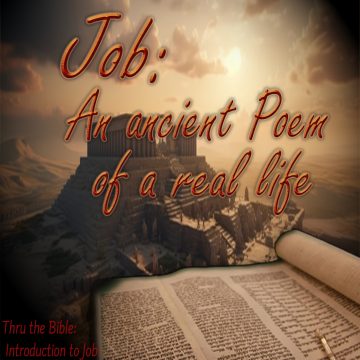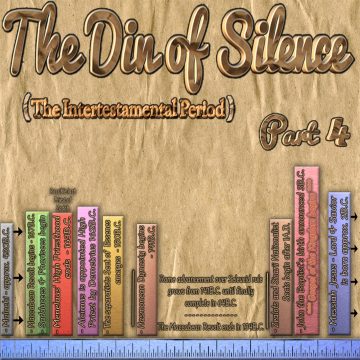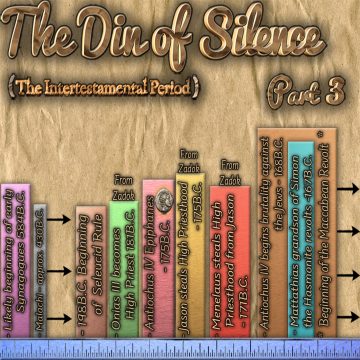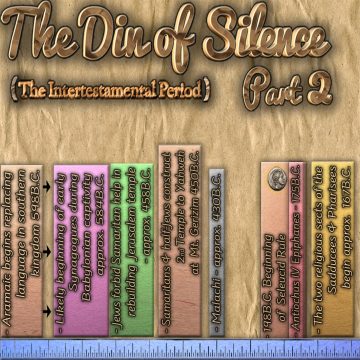The first two chapters of Job are pivotal in understanding the whole book.
In this first chapter, we see that Job is blameless, upright and shuns evil. He is concerned for his children and so offers burnt sacrifices for them regularly.
After having sought the whole earth, satan sets his heart on Job to destroy him and so approaches God for permission.
Continue reading



